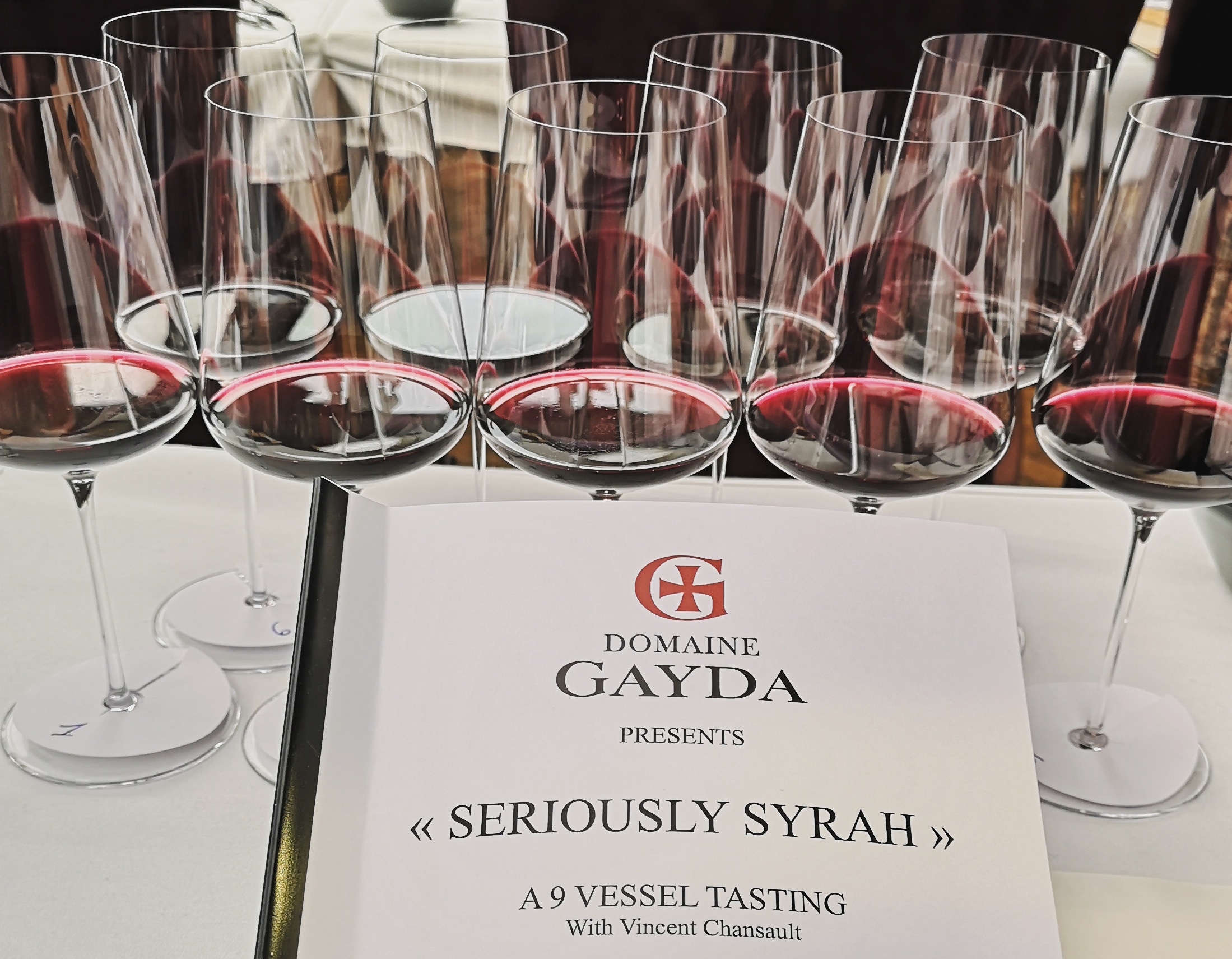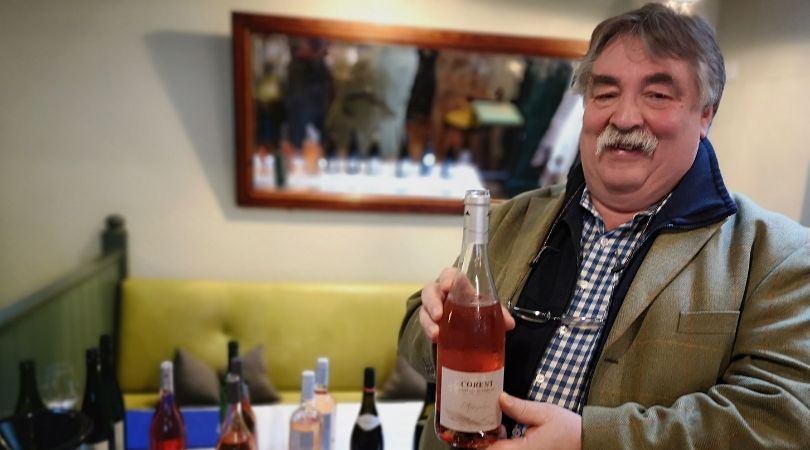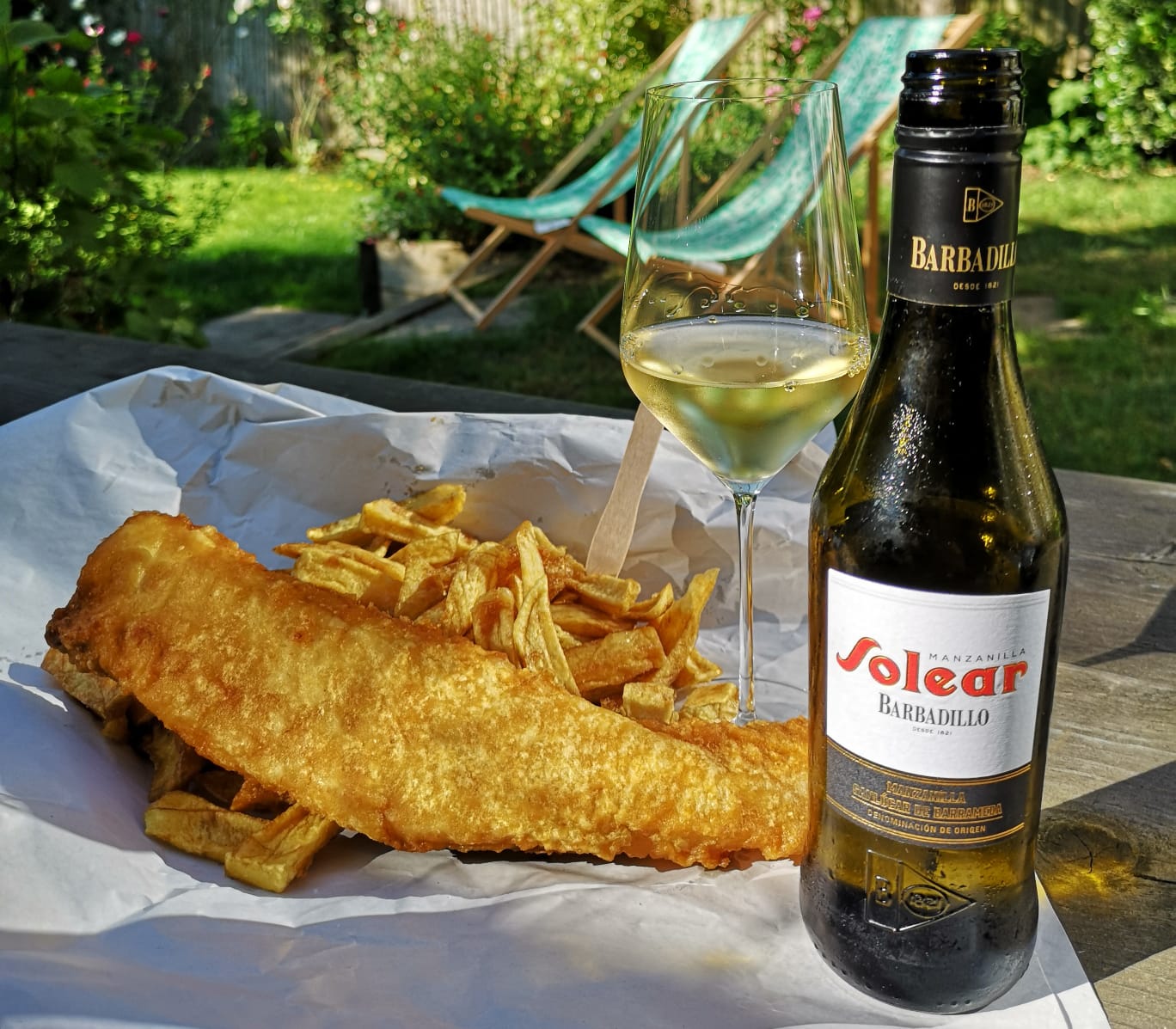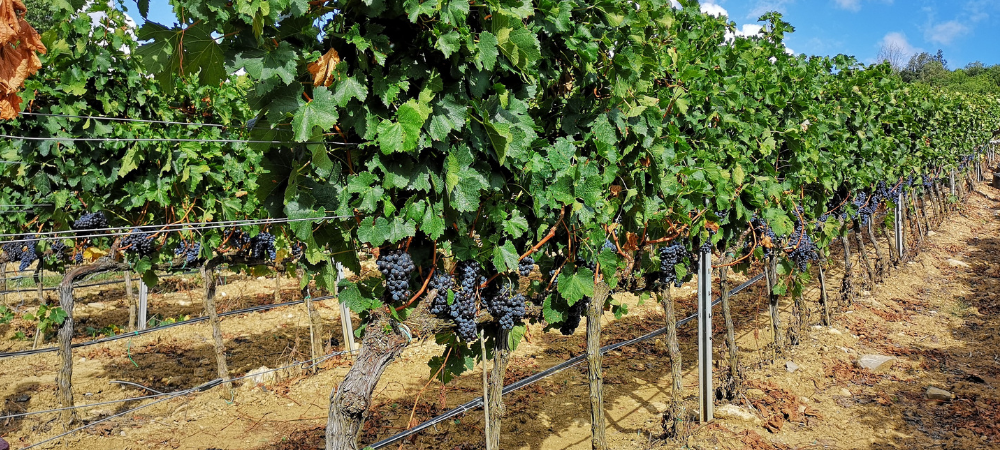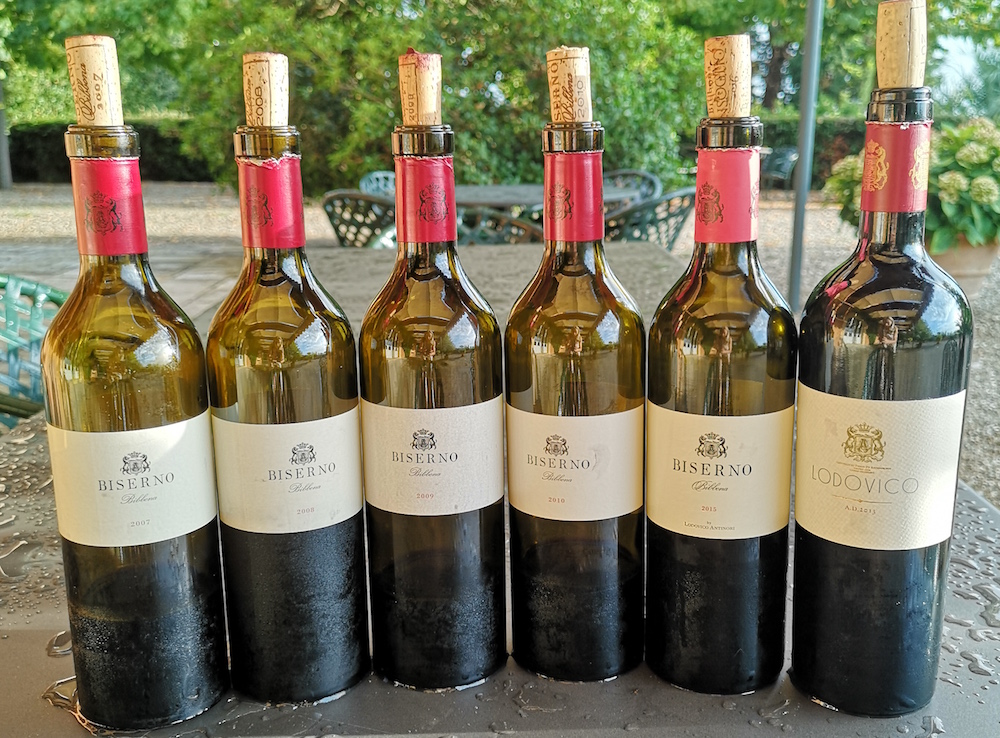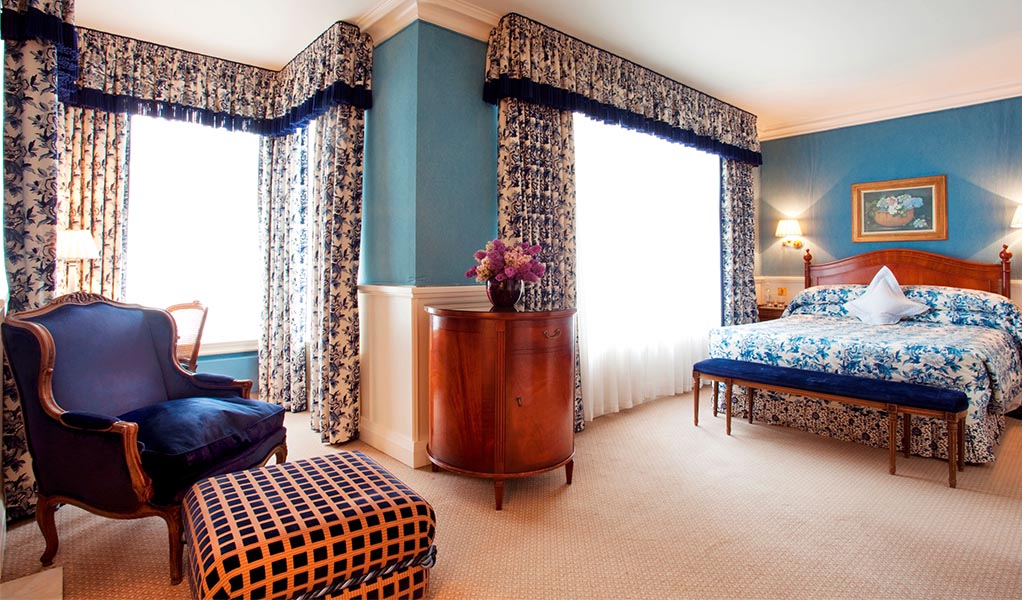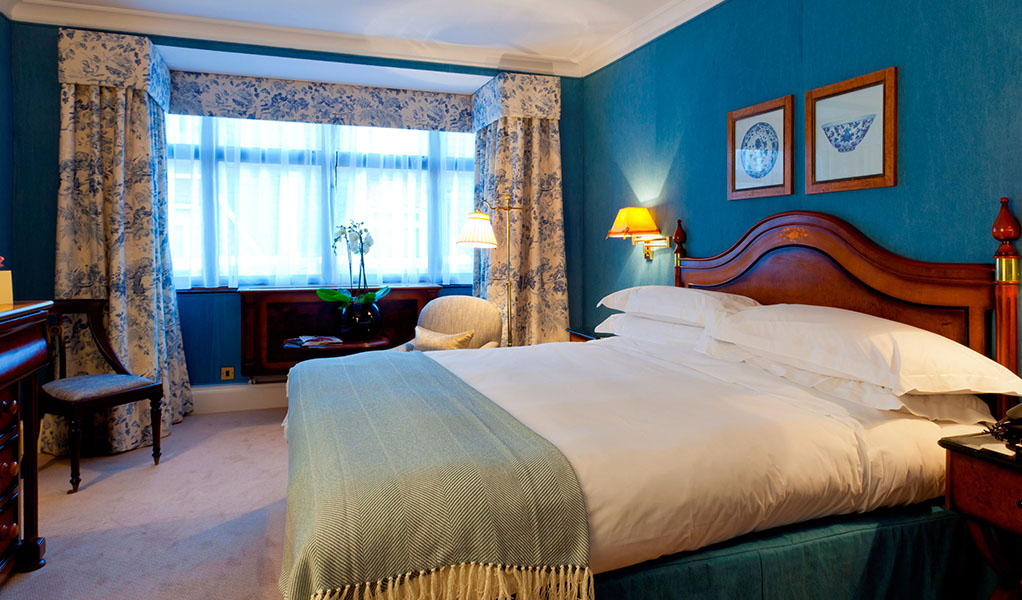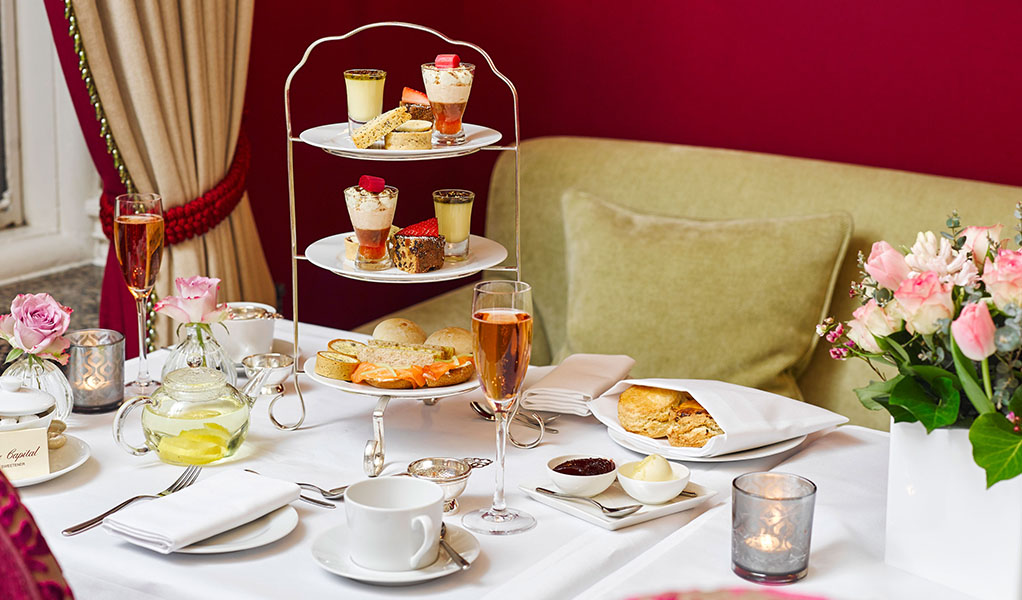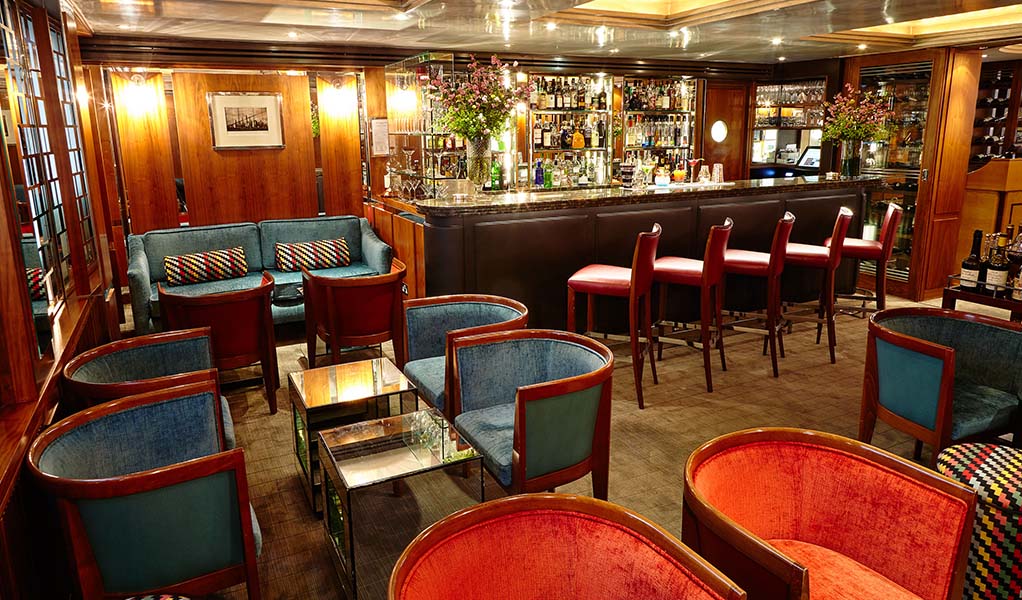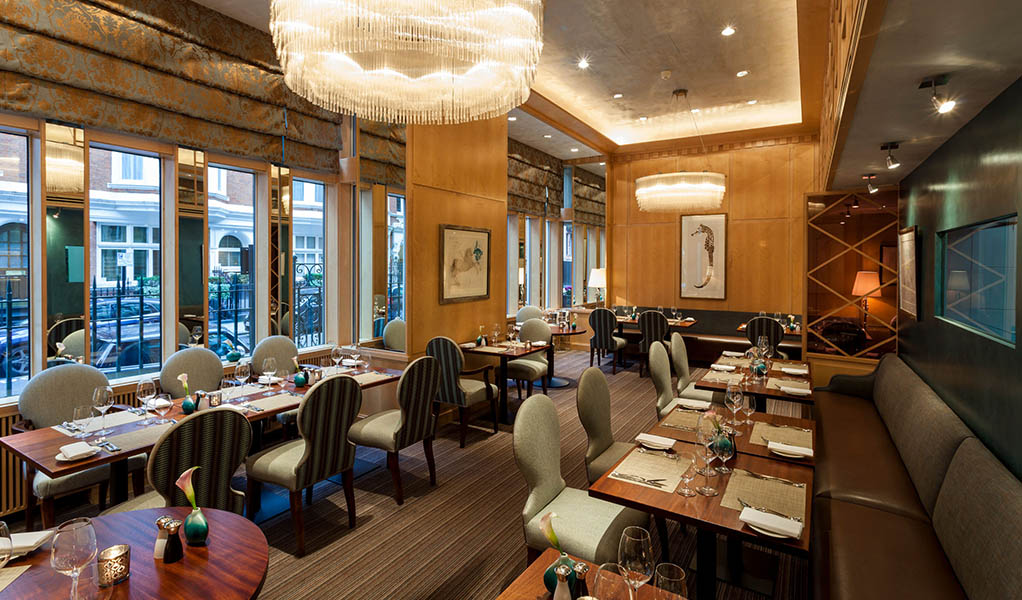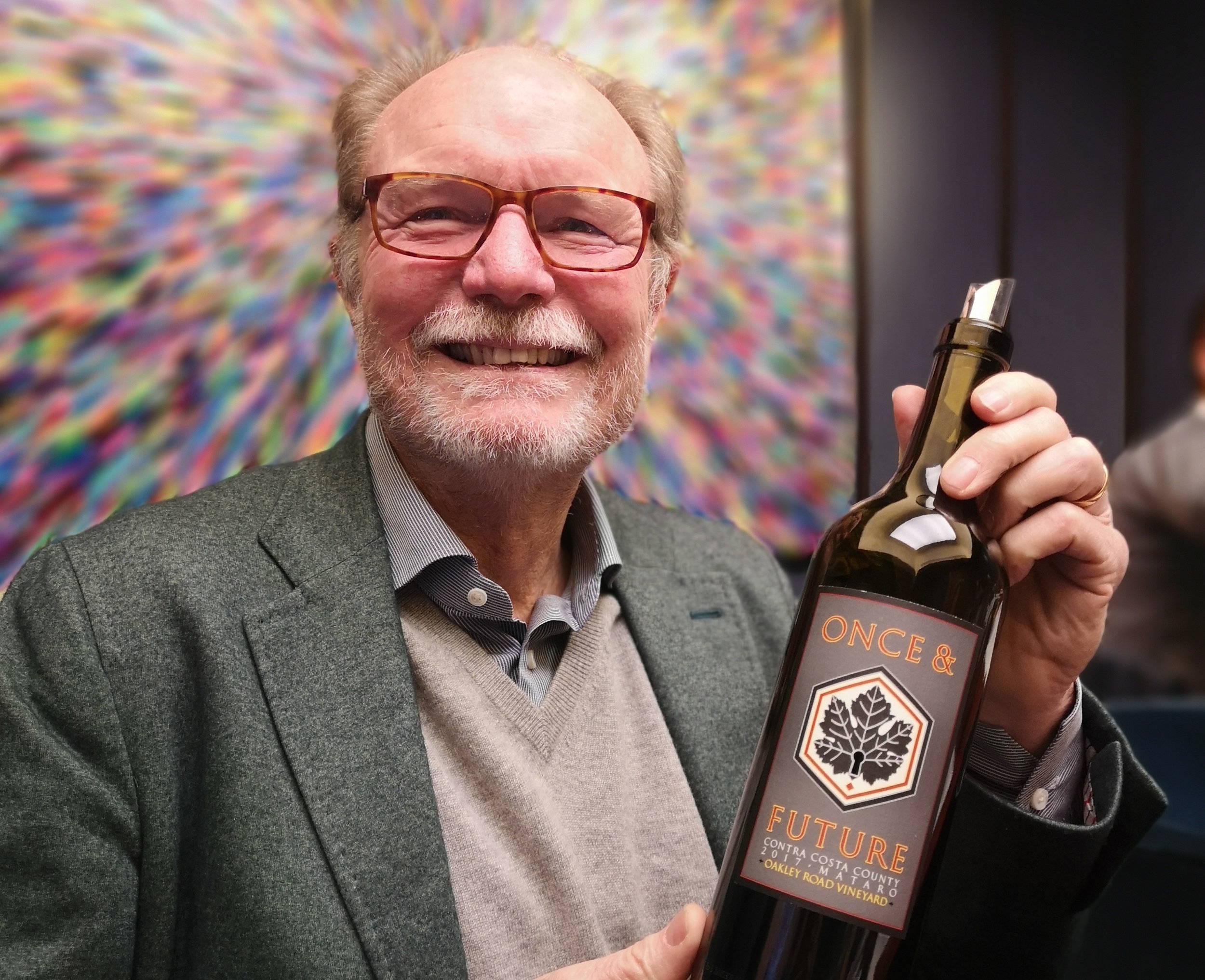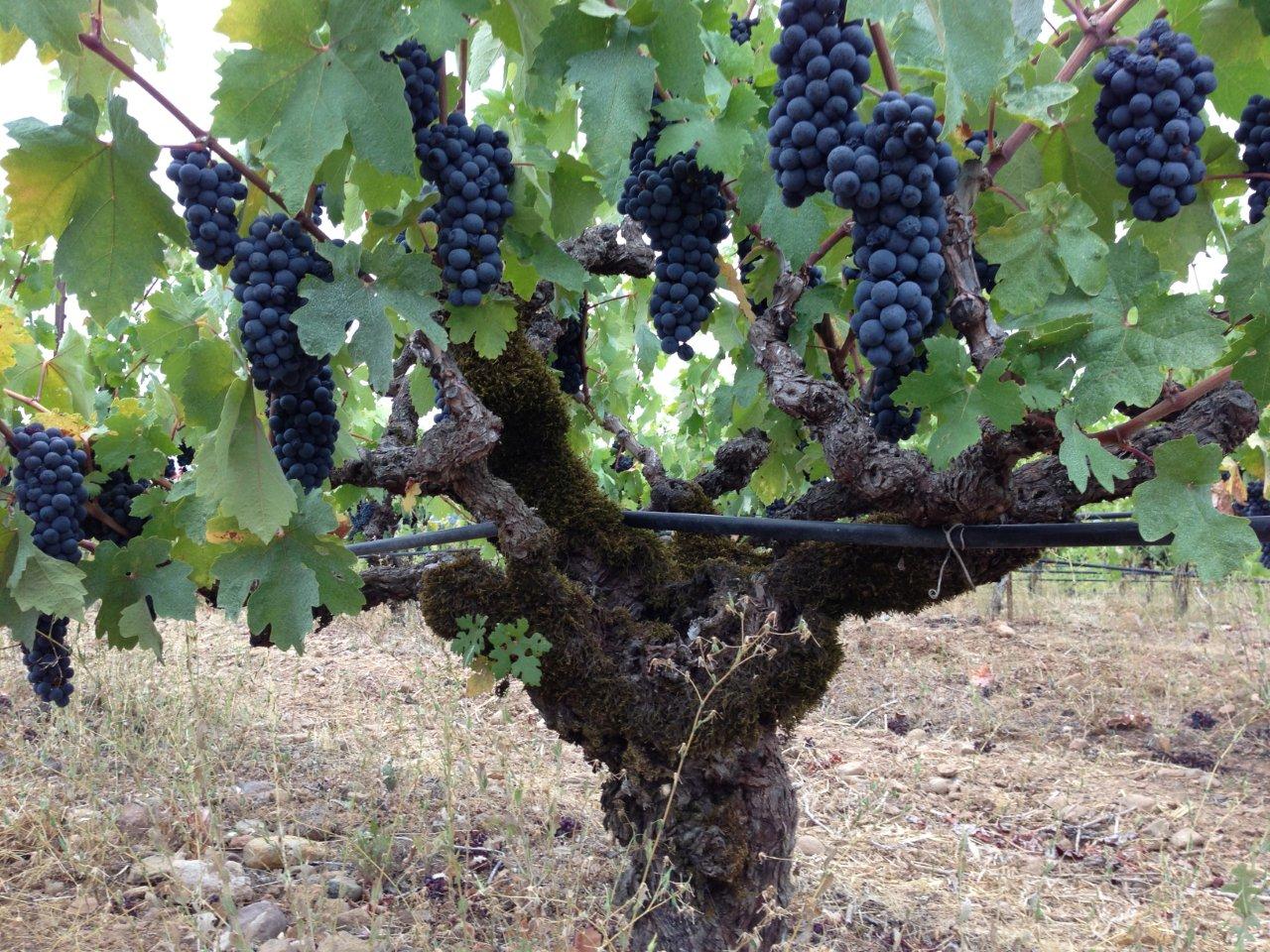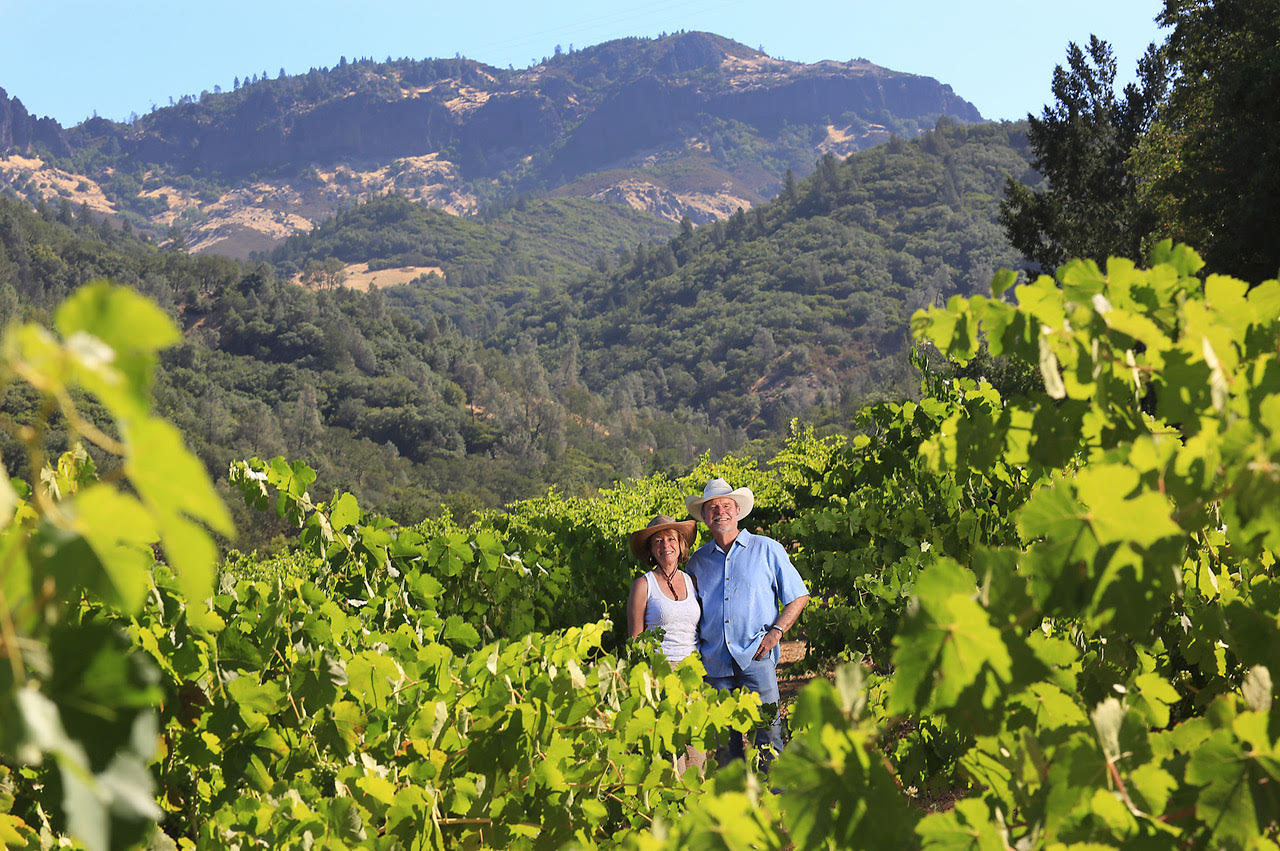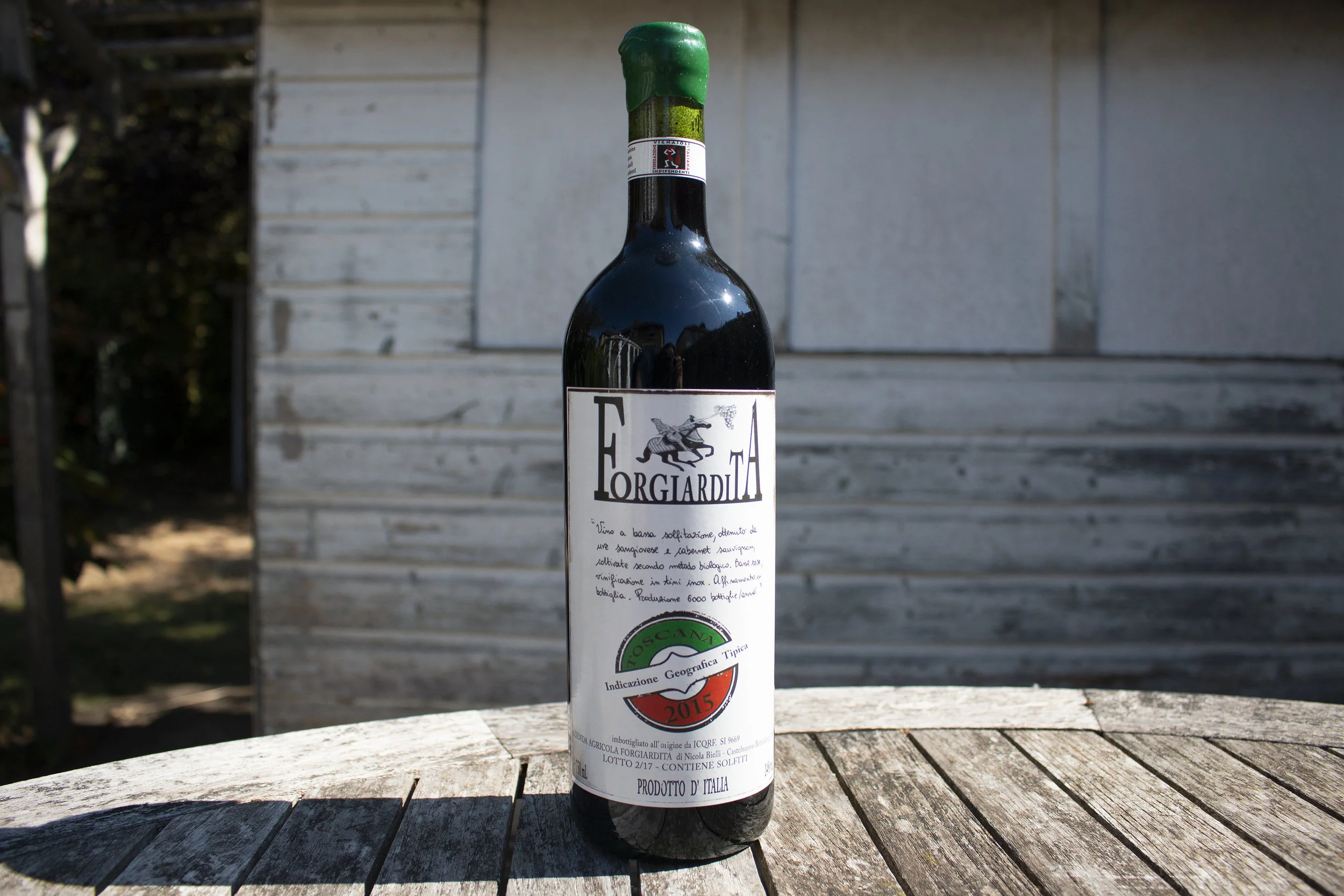The 12th August 2019 is Wine Tax Freedom Day! So what is that? Why is it important and how can you help?
33 million people in the UK drink wine. Fact. It is now officially the UK’s most popular alcoholic drink according to most recent ONS data*, yet tax on wine has risen significantly faster than for other alcohol types over the last ten years. New movement ‘Wine Drinkers UK’ are calling on the UK Government to cut wine duty at the next budget and address a decade of unfair treatment compared to other alcoholic drinks.
Since 2010, excise duty on wine has increased by 39% compared with just 16% for beer and 27% for cider and spirits. In real terms, for wine bought to consume at home (i.e. not in bars and restaurants), this means that consumers pay £3.06 tax on every bottle of still wine (£2.23 on duty + 83p on VAT ). For a £5 bottle of wine, that equates to 61% tax! Sparkling and fortified wine have even more duty.
Why now? After a decade of unfair increases and in the light of the recent social findings over two surveys taken nationally and regionally, it’s time to address this. The lazy assumption has always been that wine is only drunk by the wealthier, ABC1 classes. What these surveys show is that wine is the drink of choice for just as many ordinary, working people (C2DE). 80% of the UK population over 18 drink alcohol and of these, 81% drink wine. That equates to 33 million wine drinkers, all being taxed unfairly highly. If you consider that the price hikes on non-UK wines are being exacerbated by the devaluation of stirling too and that this is only going to get worse, then now really is the time to act.
How much of a bottle price is duty? Duty on a 75cl bottle of still wine (between 5.5% and 15% ABV) is £2.23. On sparkling wine, such as prosecco and champagne, duty is even higher at £2.86. If fortified wine is your thing (between 15% and 22% ABV) then duty is even higher, at £2.98. The UK pays more tax on wine than any other country in the world. Its total alcohol duty revenue is 12.1 billion, of which wine equates to 4.4 billion pounds. In fact, the British pay 68% of all wine duties in the EU! This even takes into account the high tax levels in other northern European countries.
Who sets drinks duty and is it the EU’s fault? No. Duty and VAT is set by the UK Government, not the EU. Brexit is impacting currency rates and therefore how much it costs to import wine. Eventually, this will have to be passed onto customers. It is assumed that all alcohol duty rates increase by Retail Price Index (RPI) inflation year-on-year at the annual budget. However, the UK Government can decide to freeze or cut duty on different alcohol beverages as it wishes.
How can you get involved? Support Wine Drinkers UK on social media by retweeting twitter messages, posting on instagram and using the hashtag #CutBackWineTax. Twitter: @WineDrinkersUK .
Who are Wine Drinkers UK? Wine Drinkers UK is backed by several wine companies, agents and merchant with support from the Wine and Spirit Trade Association and wine media,.
*THE SURVEY
Wine Drinkers UK carried out two surveys with YouGov: a national survey with over 2,000 UK adults and a regional survey in 8 additional cities with over 3,200 UK adults (400 adults in each city. The total sample size was 2072 adults. The figures are representative of all UK adults (aged 18+).
Gender: male (958); female (1114)
Age: 18-24 (193); 25-34 (203); 35-44 (370); 45-54 (375); 55+ (828)
Social grade: ABC1 (1229); C2DE (843)
Region: A representative breakdown across all regions covering England, Wales, Scotland and Northern Ireland.
The latest ONS figures show that 20% of UK adults are teetotal, which means 80% of the UK’s population drinks alcohol.
According to the latest population data from ONS there are 52.3m people over the age of 18 in the UK, which means 41.8m drink alcohol (when taking into account 20% being tee-total).
81% of people in our nationally representative survey said they drink wine which means there are 33.9m wine drinkers in the UK.
By Helena Nicklin



